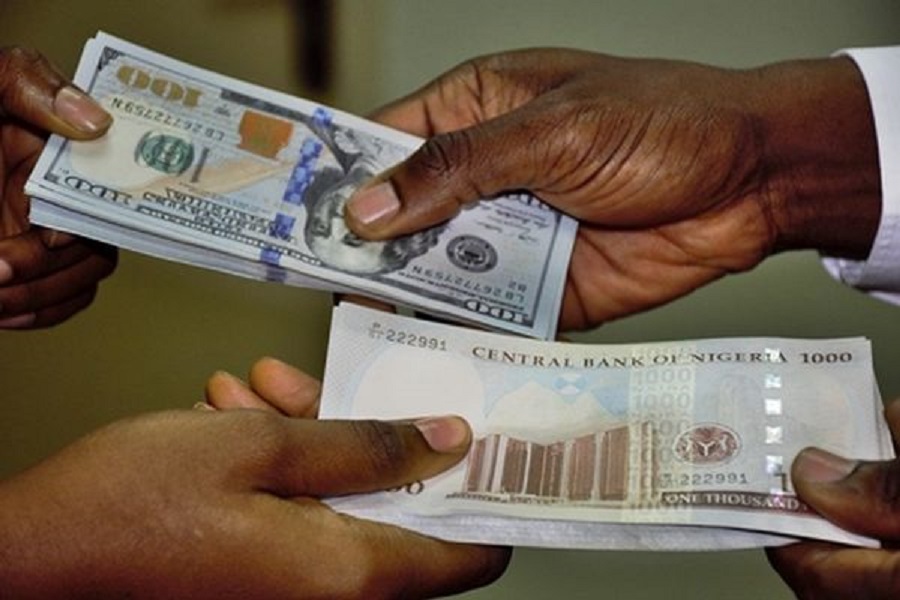The World Bank’s Migration and Development Brief says that with remittances to low- and middle-income countries projected to register a 7.3 per cent increase to reach $589 billion in 2021, Nigeria again led the rest of Africa as it logs about $18 billion out of $45 billion for Sub-Saharan Africa.
The World Bank statement on Thursday noted that the growth is more robust than earlier estimates and follows the resilience of flows in 2020 when remittances declined by only 1.7 per cent amid a severe global recession due to COVID-19.
To boost inflows of diaspora remittances into the country, the Central Bank of Nigeria had in March launched a Naira 4 Dollar scheme that pays Naira to senders and recipients of international money transfers.
Meanwhile for a second consecutive year, remittance flows to low- and middle-income countries (excluding China) are expected to surpass the sum of foreign direct investment (FDI) and overseas development assistance (ODA).
“Remittance flows from migrants have greatly complemented government cash transfer programmes to support families suffering economic hardships during the COVID-19 crisis. Facilitating the flow of remittances to provide relief to strained household budgets should be a key component of government policies to support a global recovery from the pandemic,” said Michal Rutkowski, World Bank Global Director for Social Protection and Jobs.
According to the World Bank report, remittance inflows to Sub-Saharan Africa returned to growth in 2021, increasing by 6.2 percent to $45 billion.
Nigeria, the region’s largest recipient, is experiencing a moderate rebound in remittance flows, in part due to the increasing influence of policies intended to channel inflows through the banking system.





